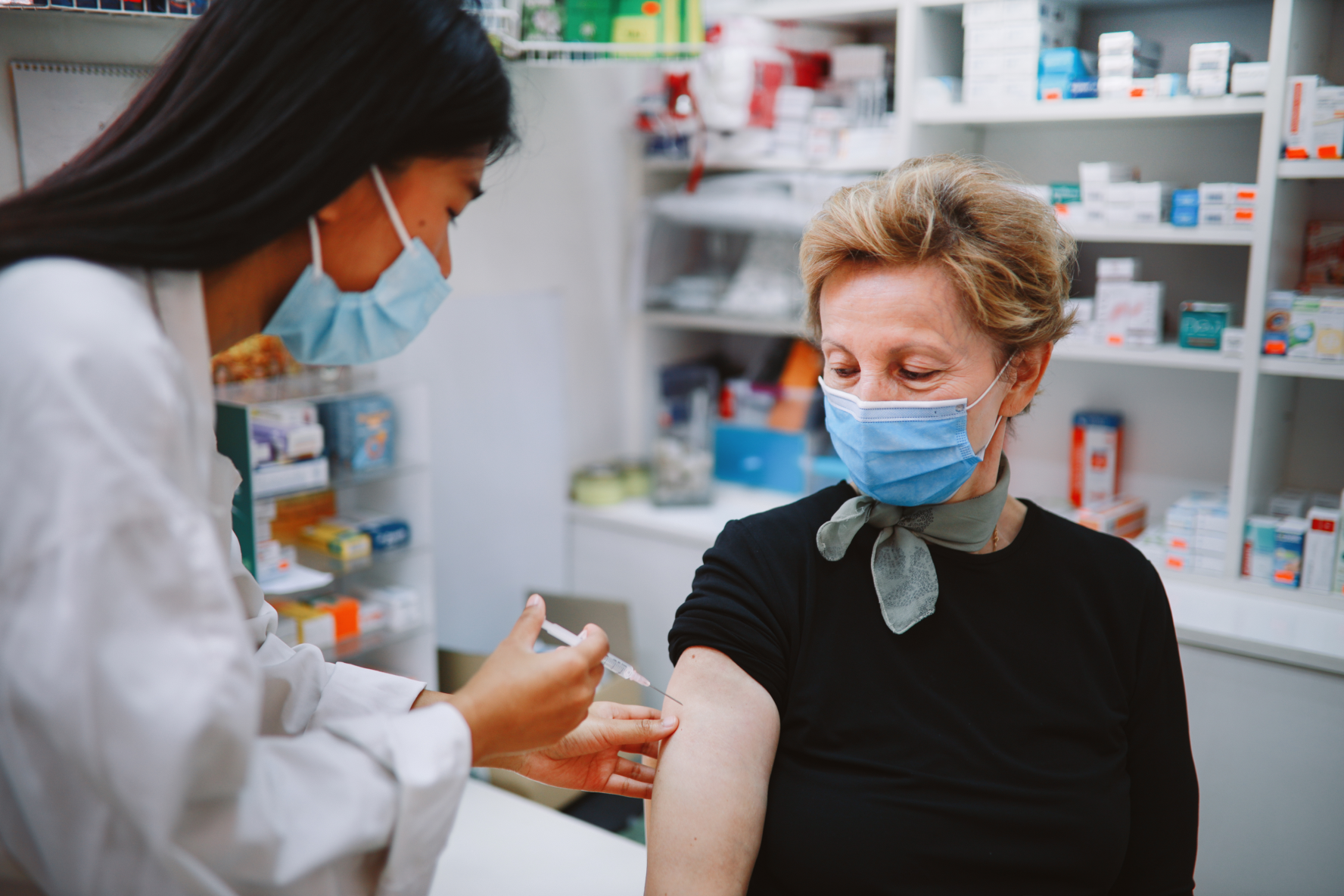
When the first COVID-19 vaccines were injected into the arms of Canadians last December, there was a widespread sense of optimism as people could see the beginning of the end of this pandemic.
Now, with more contagious and deadly variants surging in most regions of the country, this third wave threatens to be the most-deadly phase of the pandemic that we have endured to date.
Without key measures to facilitate the most at-risk people getting the vaccine, including paid leave to get the vaccine, this pandemic will get much worse before it gets better.
Canada is in a race to get enough vaccines into arms to reach herd immunity. This is not an easy task.
CLC President Hassan Yussuff co-chairs a broad task group working to promote vaccine acceptance under the banner “Faster. Together”.
Earlier this month, as part of the work of that task force, Abacus Data published public opinion research on vaccine hesitancy in Canada.
Today, 64 percent of Canadian adults have either received their shot or would take one as soon as one is available to them. Eight percent have said they will never take a vaccine for COVID-19. That leaves 28 percent who currently say they would “prefer to wait a bit to see how the vaccine works out as others take it” or “would prefer not to take one but could be persuaded to”.
Of those vaccine-hesitant Canadians, most cite reasons like not knowing the long-term impacts of the vaccines or fear of blood clots – unsurprising, given some of the public challenges with certain vaccines – as reasons to hold off on getting their shot. Carefully crafted public health approaches will be key to resolving those concerns.
A significant number of those who are hesitant about getting the vaccine cite reasons that can be connected to the workplace. Including both major and minor reasons for being hesitant, 37 percent indicate that they are worried about missing work due to potential side effects. Twenty-three percent indicate they can’t afford to take time off to get a shot. An additional 27 percent indicate that getting vaccinated seems too complicated. This no doubt includes people who have concerns about how to get the vaccine while juggling work and family responsibilities. These work-connected reasons for hesitancy could be relatively easily addressed with smart public policy.
We know the virus is spreading at work, both in health care and care settings but also in factories, farm work and food processing, warehouses, schools, offices, transportation among others. We must do everything possible to remove the barriers to those most at risk, having access to these life-saving vaccines. That includes paid leave and prioritizing those essential workers who cannot stay home to get their shot.
Saskatchewan has updated its Occupational Health and Safety Regulations to ensure a minimum of three consecutive hours of paid leave for workers to receive the COVID-19 vaccine. British Columbia also introduced job-protected, paid leave for workers to get the vaccine, so their jobs and paycheque are protected. Alberta also updated its employment standards code to provide three hours of job-protected leave for workers to get the COVID-19 vaccine.
Public health officials and others in the medical community have been clear that with more contagious and deadly variants surging, the vaccine rollout alone will not be enough to stem this wave of the pandemic. Fifty-eight percent of Canadian workers have no access to paid sick days. That number jumps to 70 percent for low-wage workers. This is forcing workers to choose between going to work sick or not putting food on their own table. This failure is putting us all at risk and is prolonging and deepening the impacts of the pandemic.
There is no silver bullet to beating this virus. Addressing the ways in which the workplace is contributing to the pandemic is critical.
Prioritizing essential workers who cannot stay home to get the shot, along with paid leave to do so, while making sure workers have adequate paid sick leave to stem workplace transmission are critical steps that will help us come back together healthy, faster.






